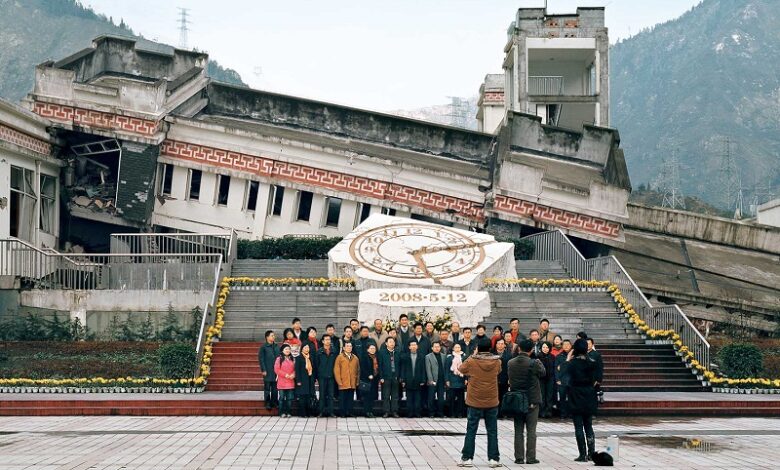Japanese Tourist Town’s Innovative Solution Managing Tourist Overcrowding

In Fujikawaguchiko, a picturesque town known for its stunning views of Mount Fuji, residents have reached a tipping point with the surge in tourist numbers. To address the issues stemming from overcrowding and misbehavior, the town has initiated a bold move – constructing a large black screen to obscure the iconic mountain view. This decision reflects the challenges faced by destinations worldwide grappling with the consequences of overtourism.
The town’s decision to block the view of Mount Fuji stems from the disruptive behavior of tourists, particularly foreign visitors. Michie Motomochi, a local cafe owner, highlights concerns about littering, traffic violations, and trespassing on private property. Despite these challenges, she acknowledges the significance of tourism for the town’s economy, with 80% of her customers being foreign visitors.
Fujikawaguchiko’s sudden popularity can be traced back to a social media phenomenon dubbed “Mt. Fuji Lawson,” where a photo taken from a specific angle made Mount Fuji appear as though it was situated atop a local convenience store. Since then, tourists have flocked to the area, overwhelming the narrow sidewalks and creating safety hazards.
The situation in Fujikawaguchiko mirrors concerns seen in other tourist destinations worldwide. In Europe, cities like Venice have implemented measures such as entry fees for day-trippers to alleviate overcrowding and preserve the quality of life for residents. Similarly, Fujikawaguchiko has attempted various strategies, including multilingual signs and hiring security guards, but with limited success.
The decision to install a black mesh net to block the view of Mount Fuji represents a drastic measure aimed at addressing the root causes of overcrowding and misbehavior. While some tourists, like Anthony Hok from France, view it as an excessive response, others, like Helen Pull from the U.K., understand the local concerns and acknowledge the influence of social media in driving tourism.
The surge in tourism in Japan post-pandemic has presented both opportunities and challenges. While the influx of visitors has bolstered the tourism industry, it has also strained infrastructure and disrupted the daily lives of residents. In destinations like Kyoto and Kamakura, locals have voiced similar grievances, prompting discussions on how to manage tourist influxes effectively.
Despite the contentious nature of the black screen initiative, it underscores the urgency of addressing overtourism and finding sustainable solutions. As tourist numbers continue to rise, destinations must strike a delicate balance between welcoming visitors and preserving the cultural and environmental integrity of their communities.
For residents like Yoshihiko Ogawa, who has witnessed the escalating overcrowding firsthand, finding a resolution remains a pressing concern. While uncertainties loom about the effectiveness of the black screen, adapting to the realities of increased tourism may require collective efforts and innovative approaches.






